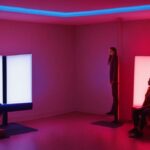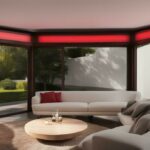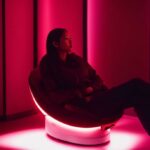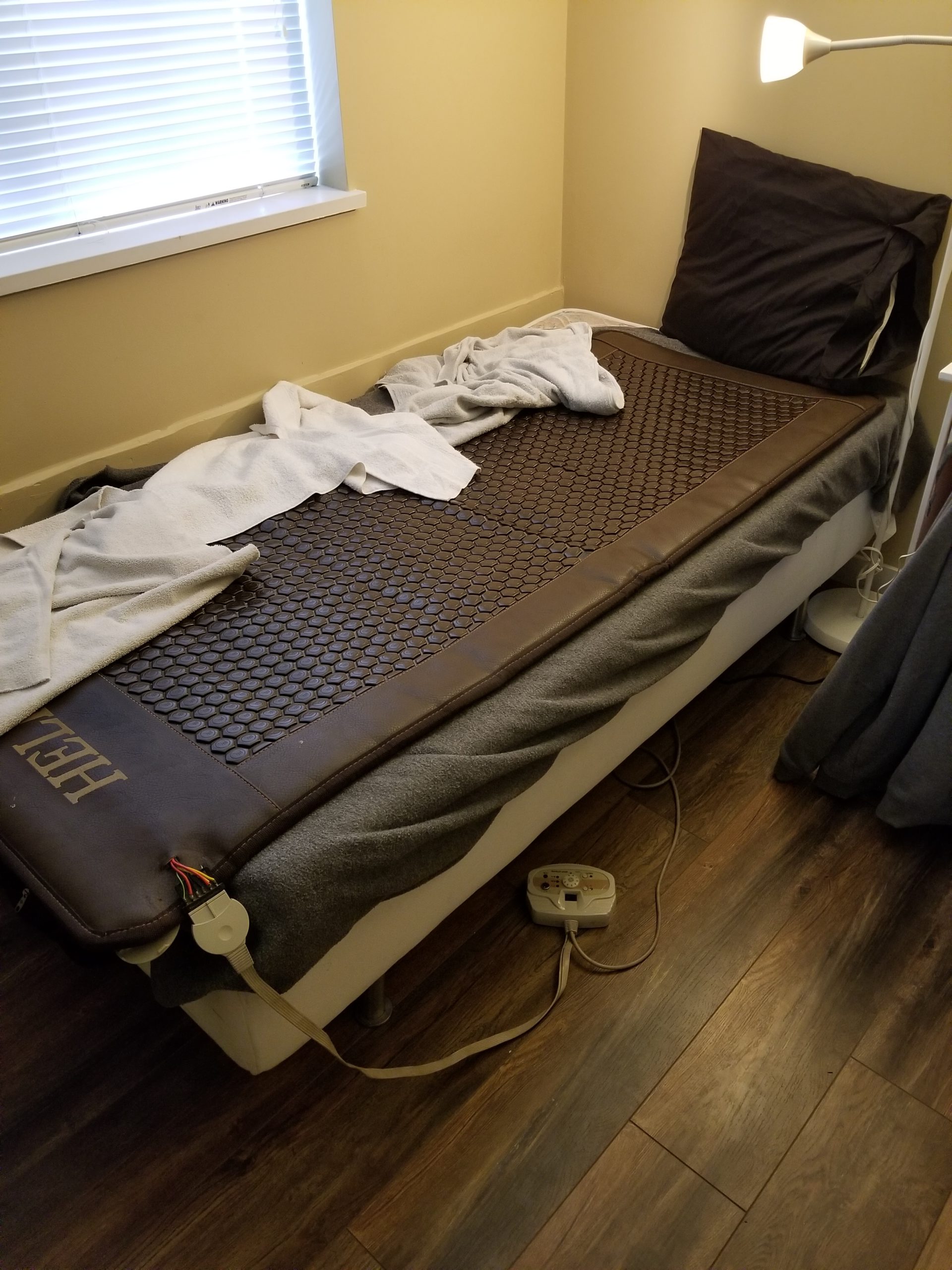Last Updated on 12 months by Francis
Light therapy has been gaining popularity as a treatment for seasonal affective disorder (SAD), a type of depression that occurs at the same time each year, usually during the fall and winter months. However, the question remains: why does light therapy work for SAD? In this article, we will explore the science behind this treatment and how it can alleviate symptoms of SAD.
Understanding SAD and its Symptoms
Seasonal Affective Disorder (SAD) is a type of depression that affects people during the winter months when there is less sunlight. Symptoms of SAD include:
- Feeling sad, anxious, or irritable
- Loss of interest in activities
- Changes in appetite and weight
- Fatigue and lack of energy
- Difficulty concentrating
- Oversleeping or insomnia
- Feeling hopeless or worthless
SAD can have a significant impact on a person’s quality of life, and it’s essential to seek treatment if you think you may be suffering from it.
The Role of Light in Our Bodies
Light plays a vital role in the body’s natural rhythms. The amount and type of light we’re exposed to can affect our mood, energy levels, and sleep patterns. Sunlight triggers the production of serotonin, a neurotransmitter that regulates mood, while darkness stimulates the production of melatonin, a hormone that helps us sleep.
One key takeaway from this text is that light therapy can be an effective treatment for Seasonal Affective Disorder (SAD) by regulating mood and sleep patterns through exposure to bright light. There are several types of light therapy available, including bright light therapy, dawn simulation, and blue light therapy, and up to 80% of people may experience an improvement in their symptoms. However, it’s important to be aware of the potential side effects of light therapy, including headaches, eyestrain, and sleep disturbance, and to speak to a doctor if any adverse effects occur.
How Light Therapy Works
Light therapy involves exposure to bright light, typically from a special lamp or lightbox, for a set amount of time each day, usually in the morning. The light used in light therapy is much brighter than regular indoor lighting, typically between 2,500 and 10,000 lux compared to 200-500 lux for regular indoor lighting.
The bright light stimulates the retinas in the eyes, which sends a signal to the brain to reduce the production of melatonin and increase the production of serotonin. This can help regulate mood and improve sleep patterns, two essential factors in treating SAD.
A key takeaway from this text is that light therapy can be an effective treatment for Seasonal Affective Disorder (SAD). SAD is a type of depression that affects people during the winter months due to the lack of sunlight. Light plays a crucial role in regulating our mood, energy levels, and sleep patterns. With light therapy, exposure to bright light stimulates the retinas in the eyes, reducing the production of melatonin and increasing serotonin production. This stimulation can improve mood, energy levels, and sleep patterns, which are essential factors in treating SAD. Light therapy has shown to have fewer side effects than medication and has helped up to 80% of people experience an improvement in their symptoms. However, if you experience any side effects, it’s important to speak to your doctor about adjusting the intensity and timing of your light therapy.
Types of Light Therapy
There are several types of light therapy, including:
- Bright Light Therapy: This is the most common type of light therapy and involves sitting in front of a lightbox for a set amount of time each day.
- Dawn Simulation: This involves using a light that gradually increases in intensity to simulate a sunrise, which can help regulate sleep patterns.
- Blue Light Therapy: This involves exposure to blue light, which is thought to have a more significant impact on mood regulation than other colors of light.
The Benefits of Light Therapy for SAD
Light therapy has been shown to be an effective treatment for SAD, with up to 80% of people experiencing an improvement in their symptoms. The benefits of light therapy include:
- Improved mood and energy levels
- Better sleep patterns
- Reduced symptoms of depression
- Increased alertness and concentration
- Fewer side effects than medication
Side Effects of Light Therapy
While light therapy is generally safe, some people may experience side effects, including:
- Headaches
- Eyestrain
- Nausea
- Irritability or agitation
- Sleep disturbance
If you experience any of these side effects, it’s essential to speak to your doctor, who may be able to adjust the intensity or timing of your light therapy.
FAQs – Why does light therapy work for SAD?
What is SAD?
SAD stands for Seasonal Affective Disorder, which is a type of depression that typically occurs during the winter months when there is less sunlight. Symptoms include low mood, lack of energy, difficulty sleeping, and changes in appetite.
How does light therapy work for SAD?
Light therapy involves sitting in front of a light box that emits bright light for a certain amount of time each day, typically in the morning. The light box is designed to mimic natural sunlight and help regulate the body’s circadian rhythms. Exposure to the light has been shown to increase serotonin levels in the brain, which can improve mood and reduce symptoms of depression.
Is light therapy an effective treatment for SAD?
Yes, light therapy has been shown to be an effective treatment for SAD. Research has found that it can improve mood and reduce symptoms in up to 85% of people with the disorder. However, it may not work for everyone and it is important to talk to your healthcare provider about your individual needs and preferences.
Are there any side effects of light therapy?
Side effects of light therapy are generally mild and may include headaches, eye strain, and nausea. These side effects typically decrease over time and can often be minimized by using the light box for shorter sessions or at a greater distance. It is important to talk to your healthcare provider before starting light therapy to ensure that it is safe and appropriate for you.
What should I look for when choosing a light box?
When choosing a light box, look for one that emits at least 10,000 lux of bright light, as this is the standard intensity used in most clinical trials. Make sure the light box filters out harmful UV rays and has a white or blue light, as these colors are most effective for SAD treatment. It is also important to choose a light box that is easy to use and fits into your daily routine.








